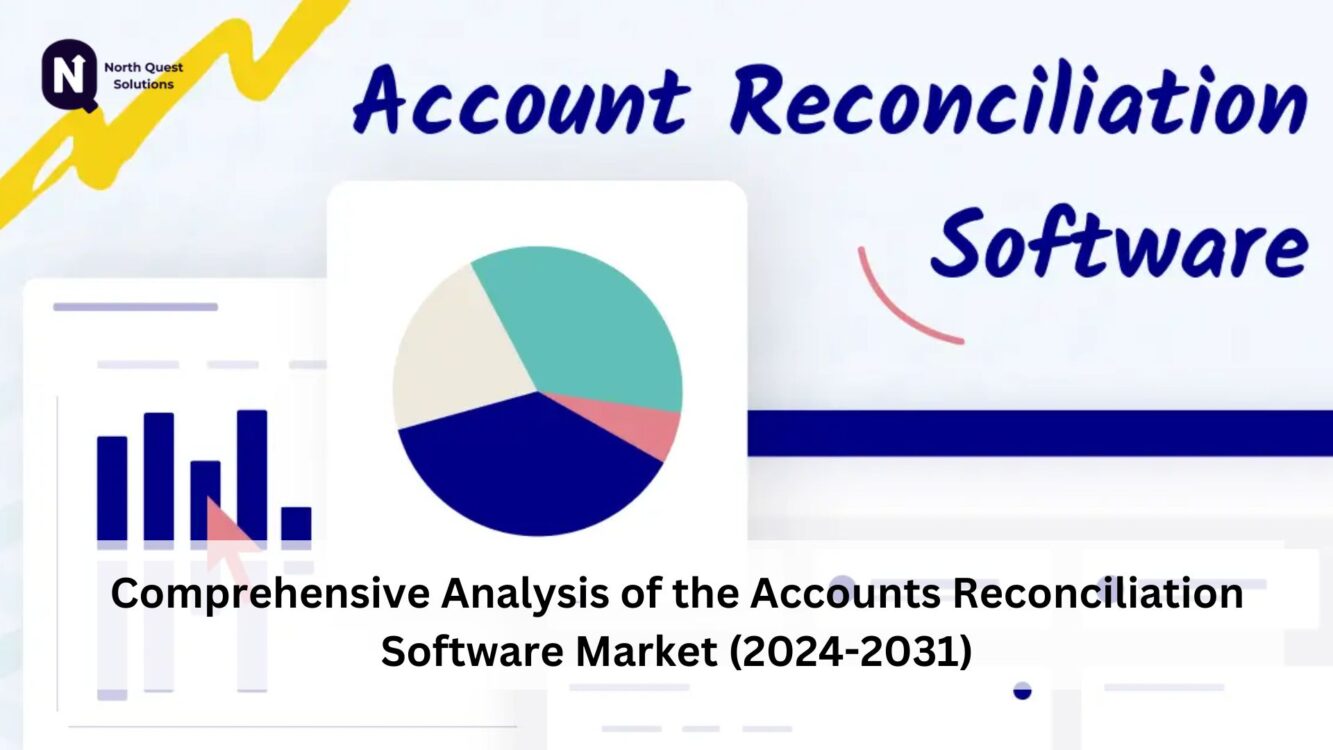
If you’ve ever dealt with multiple subsidiaries or branches in a business, you’ve probably encountered inter-company accounts. But what exactly are these accounts? How do they affect your bottom line, and why are they so crucial to the financial health of a multi-faceted business? Well, you’re in the right place to find out! In this article, we’ll break down everything you need to know about inter-company accounts, their role in accounting, and how to manage them effectively. Whether you’re a seasoned accountant or a newbie trying to grasp the basics, we’ve got you covered.
What Are Inter-Company Accounts?
Before we get into the nitty-gritty, let’s start with a simple definition. Inter-company accounts refer to the financial transactions between two or more entities within the same parent company. These transactions can involve anything from loans, goods and services, and equity investments to shared expenses. Simply put, they’re the records that keep track of how businesses within a corporate group interact with one another.
In an ideal world, every transaction would be straightforward and easy to manage, but in practice, things can get tricky! Inter-company accounts are often seen as a necessary evil in business—important to keep accurate but sometimes a bit of a hassle to maintain. Let’s take a closer look at their significance.
The Importance of Inter-Company Accounts
Why Do They Matter?
You may be wondering, “Why should I even care about inter-company accounts?” Well, for starters, they ensure that financial statements are accurate and reflect the true picture of your business. When a parent company owns several subsidiaries, it’s critical to track every financial exchange between them. Not only does this help in maintaining transparency, but it also plays a key role in the consolidation of financial statements.
Here’s a list of why inter-company accounts are so essential:
- Maintaining accurate financial records: Properly tracking inter-company transactions ensures that your company’s financial reports reflect the actual financial position.
- Preventing double counting: Without inter-company accounts, you could easily end up double-counting revenues, expenses, and other financial figures between subsidiaries.
- Tax compliance: Proper documentation of inter-company transactions is required for tax reporting and ensures that the company remains compliant with tax laws.
- Transparency: These accounts provide clarity into how the different parts of a business interact financially.
Types of Inter-Company Accounts
Not all inter-company accounts are created equal! There are different kinds, and each has its own purpose. Here’s a breakdown of the most common types:
1. Inter-Company Loans
These occur when one subsidiary lends money to another, or when a parent company loans money to its subsidiaries. These loans need to be recorded and tracked carefully, as they can impact the company’s balance sheet and interest payments.
2. Inter-Company Sales and Purchases
One subsidiary might sell goods or services to another within the same corporate group. These transactions must be logged correctly to prevent any confusion during consolidation.
3. Inter-Company Dividend Payments
When one subsidiary pays a dividend to its parent company or another subsidiary, it must be accurately recorded as an inter-company transaction.
4. Inter-Company Charges and Expenses
Let’s say a parent company provides management services to its subsidiaries. The costs incurred must be properly recorded as inter-company transactions.
5. Equity Investments
When a parent company invests in a subsidiary, the financial relationship must be documented in the inter-company accounts. These transactions will affect the company’s financial position and need to be handled with care.
How to Manage Inter-Company Accounts Effectively
Handling inter-company accounts can sometimes feel like juggling flaming swords, but with a bit of know-how, it’s totally doable. Here are a few tips on how to manage them with ease:
1. Establish Clear Guidelines for Transactions
Set up a solid policy regarding inter-company transactions. This will help ensure that everyone within the organization knows the procedures for recording these transactions, whether it’s for loans, goods, services, or other purposes. The clearer the policy, the fewer mistakes you’ll make down the line.
2. Automate the Process
In today’s digital age, there’s no reason to handle inter-company accounting manually. There are plenty of accounting software tools designed specifically for this purpose. Automating these transactions can save you time and reduce the risk of human error.
3. Regular Reconciliation
Reconciliation is essential in keeping inter-company accounts in check. Set a routine to regularly reconcile your accounts to ensure that everything balances out. It’s a proactive approach that helps spot discrepancies early, preventing headaches later on.
4. Use a Consolidation Framework
A good consolidation framework will help you combine your inter-company accounts into a unified report. This makes it easier to spot discrepancies and ensure all transactions are recorded accurately across all entities.
Common Challenges with Inter-Company Accounts
While inter-company accounts are crucial, they can also present challenges. Let’s dive into some of the most common issues that businesses face when managing them:
1. Currency Exchange
For companies operating internationally, managing inter-company transactions in multiple currencies can create complications. Exchange rate fluctuations can lead to discrepancies in reporting and consolidation. It’s essential to use appropriate methods for currency translation and exchange rate management to prevent these issues.
2. Duplicate Entries
This is a major pitfall that can easily happen if proper systems aren’t in place. Without stringent tracking, there’s a real risk of entering the same transaction multiple times, leading to inflated revenues or expenses. Regular reconciliation and solid tracking tools can help keep this at bay.
3. Complex Tax Considerations
Tax laws can be tricky when it comes to inter-company transactions. For instance, the IRS requires that transactions between related companies be conducted at arm’s length. Failing to do so could trigger audits or penalties, so it’s vital to understand tax regulations around inter-company transactions and pricing.
FAQs about Inter-Company Accounts
Q: What is the primary purpose of inter-company accounts?
A: The primary purpose is to accurately track financial transactions between subsidiaries or different entities within the same parent company. It ensures that the company’s consolidated financial statements are accurate.
Q: How do inter-company accounts affect financial statements?
A: Inter-company transactions must be eliminated during the consolidation process to avoid double-counting revenues, expenses, or profits. Failure to do so can distort the financial position of the business.
Q: What happens if inter-company transactions aren’t properly recorded?
A: If these transactions aren’t correctly recorded, you risk inaccuracies in financial reporting, tax compliance issues, and potential legal problems down the line.
Conclusion
Managing inter-company accounts doesn’t have to be a nightmare. By understanding the types of accounts, setting up clear guidelines, and leveraging automation tools, businesses can streamline their processes and reduce the risk of errors. While challenges such as currency fluctuations and complex tax regulations exist, they’re far from insurmountable with the right tools and practices in place. So, take charge of your inter-company accounting today, and keep things running smoothly!
Remember, these accounts aren’t just for accountants—they’re crucial for anyone involved in managing a multi-entity business. Take the time to get familiar with them, and you’ll be ahead of the game.
